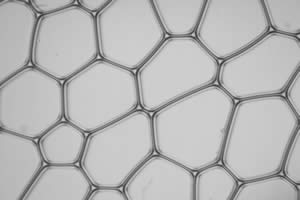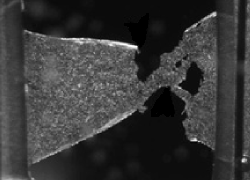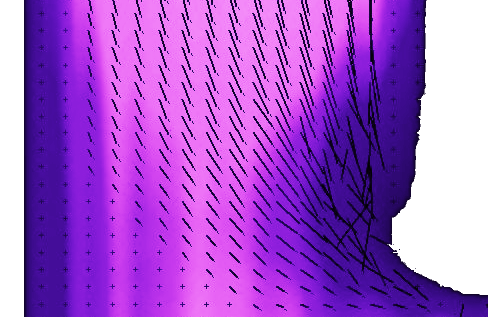
Summary
Rheology is a recurring theme in our research. Starting from disordered assemblies of macroscopic athermal objects, such as bubbles in a froth or grains in soil, we studied how these materials respond to slow shear deformations, with a particular interest for the coupling between microstructure and strain history. These aspects were studied both experimentally and numerically.
Fibre networks also have interesting behaviours. They exhibit large Poisson’s ratio under tensile deformation, an observation we made on both macroscopic systems and at the micro-scale on collagen networks.
We also developed a strong interest for the rheology of tissues, from 2D models such as epithelial monolayer to complex live measurements in developing embryos.
Project list
 |
Quasistatic Foam RheologyThe slow shearing of a 2D dry foam induces bubble rearrangements whose mechanical imprint on the microstructure leads to memory effect, avalanches and flow localisation. |
 |
Mechanics of epithelial monolayersUsing freely suspended epithelial monolayers clamped to a uniaxial testing device, we can measure the rheology of the tissue and correlate the response to the underpinning biological processes (to some extent). |
 |
RHEOS - Open source software package for RheologyWe developed a rich software package to fit experimental data and simulate the response of models. |
 |
Granular flows & Reynolds DilatancyThe slow deformation of compact sand leads to a decrease of density - a process called Reynolds dilatancy |
